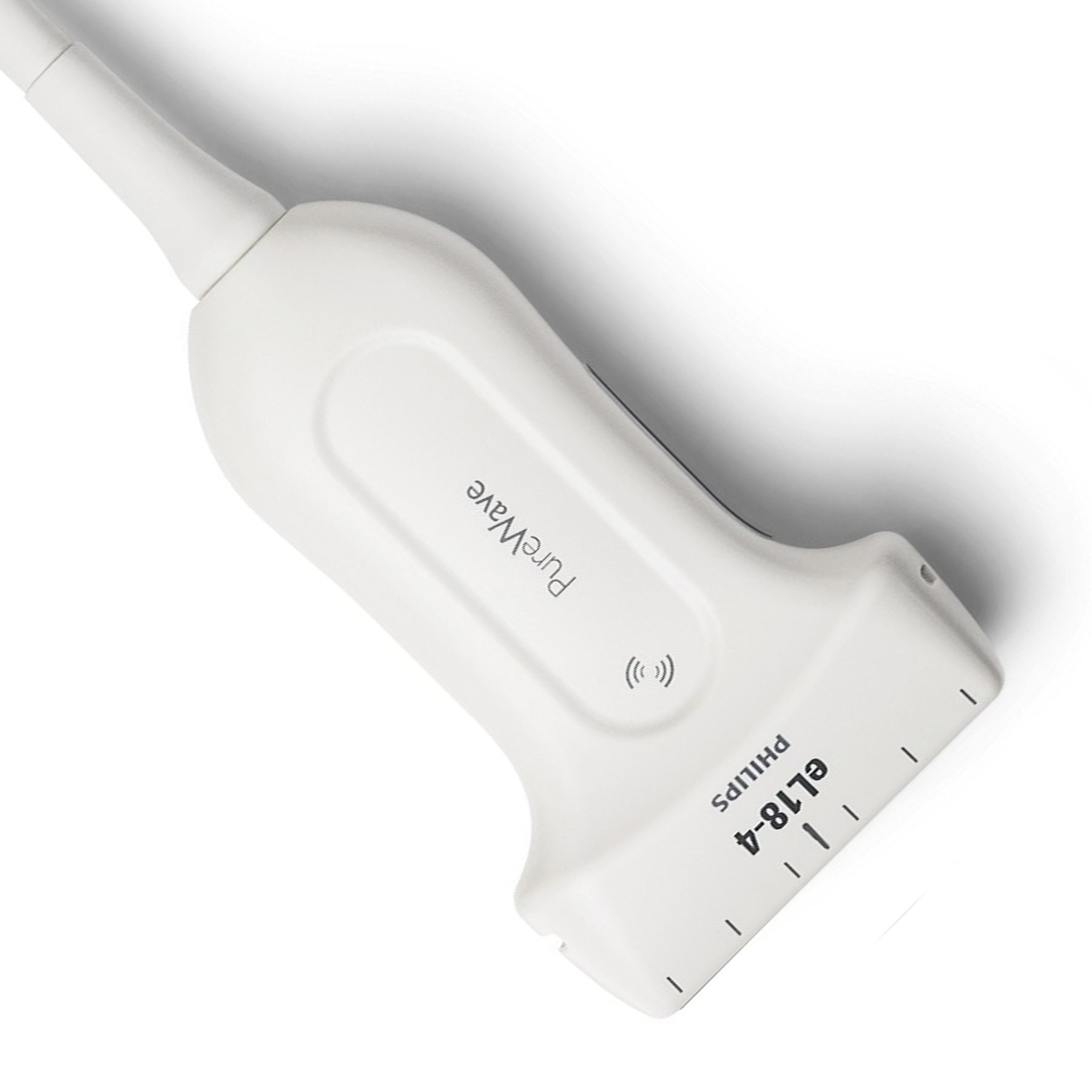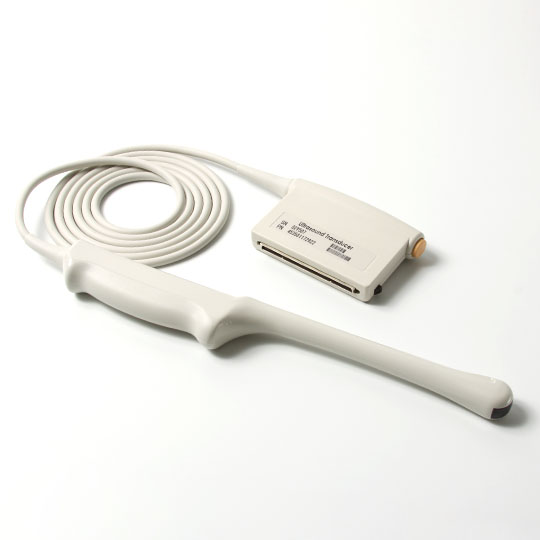X-ray technology plays a pivotal role in modern diagnostic imaging, enabling healthcare professionals to visualize the body's internal structures without the need for invasive procedures. Central to this technology are the X-ray tubes, which are the primary source of X-rays. Far from being generic components, X-ray tubes are highly specialized devices designed to meet the specific requirements of various imaging techniques. A comprehensive understanding of the different types of X-ray tubes is essential for choosing the appropriate equipment for medical diagnostics, industrial inspection, or scientific research. This guide offers a detailed exploration of the wide array of X-ray tube types, including their distinct applications, to assist practitioners and technicians in making well-informed equipment selections tailored to their unique needs.
Diode X-Ray Tubes: The Originators of X-Ray Production
Diode X-ray tubes, also known as gas discharge tubes, mark the beginning of X-ray technology. These tubes utilize high-voltage electrical discharges to ionize gases such as xenon, thereby initiating X-ray emission. While capable of producing high-energy X-rays, the intricate operation of diode X-ray tubes limits their application mainly to research environments and specialized industrial areas. Their unparalleled capability to produce intense X-rays renders them indispensable for certain applications where alternative X-ray tube types may fall short.
Advancements in X-Ray Tubes: The Coolidge Tube
The Coolidge X-ray tube represents a major leap forward in X-ray technology, credited to its inventor, William D. Coolidge. This advanced hot cathode tube incorporates a rotating anode, greatly improving heat dissipation and enabling prolonged high-powered X-ray production. It outperforms previous models by meeting the demanding requirements of contemporary medical imaging, especially in CT scans, where continuous and potent X-ray beams are crucial for generating detailed anatomical images.
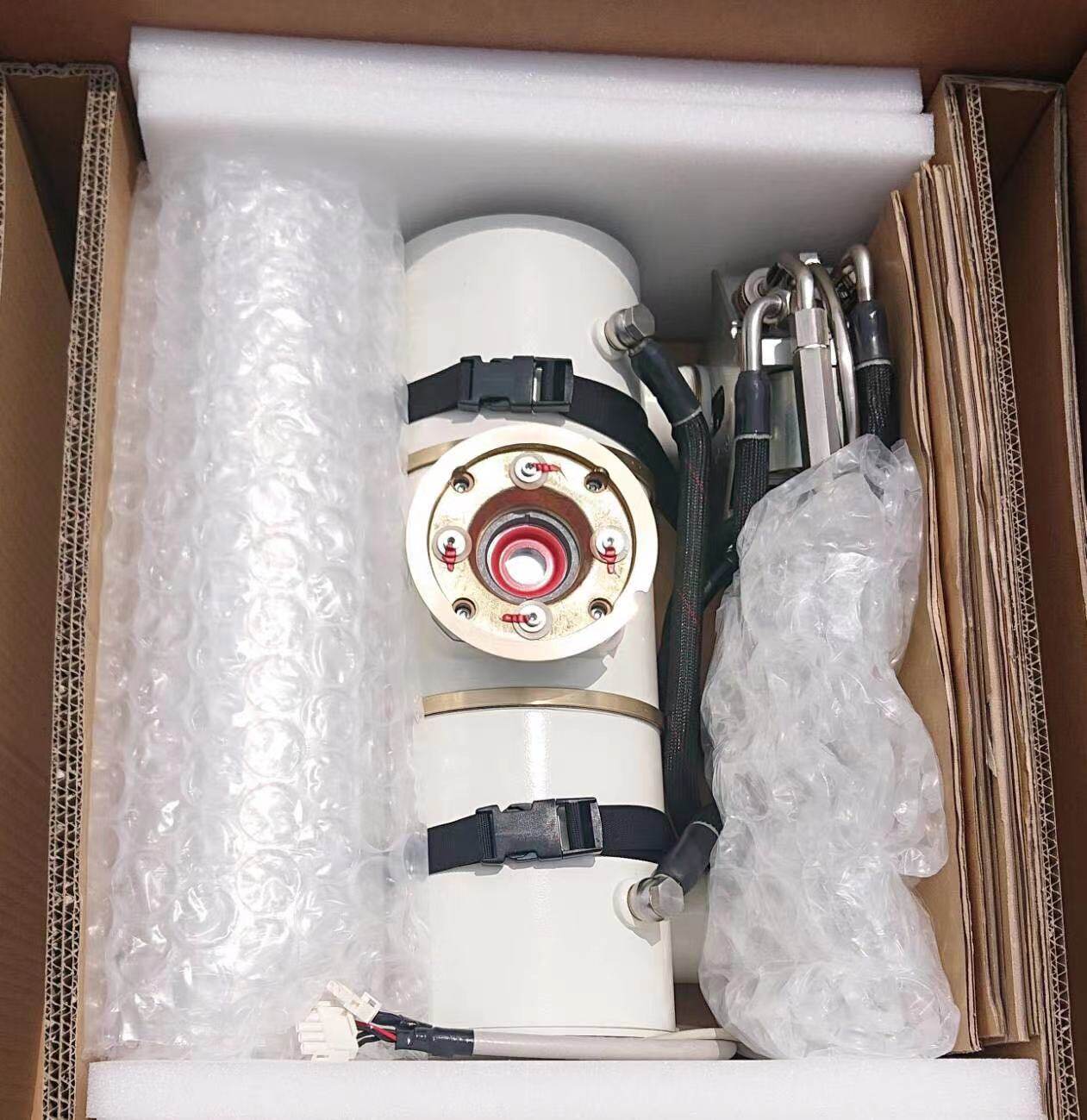
Hot Cathode X-Ray Tubes: Essential for Radiography
Hot cathode X-ray tubes are fundamental to both medical and industrial radiography. They operate by heating a filament to emit electrons, which are then accelerated towards a tungsten anode to produce X-rays. Available in two primary configurations—fixed and rotating anodes—they meet diverse requirements. The rotating anode model, in particular, offers enhanced X-ray intensity and longevity, making it preferred for high-use settings.
Specialized Imaging with Mammography X-ray tubes
Tailored for breast imaging, mammography X-ray tubes are fine-tuned to operate at lower energy levels, with anodes typically crafted from molybdenum or rhodium. Their design is pivotal in enhancing image contrast through the emission of lower-energy X-rays, which is essential for detecting minute abnormalities such as lesions or calcifications within breast tissue. These tubes are instrumental in the early detection of breast cancer, offering superior image quality for diagnostics while keeping patient radiation exposure to a minimum.
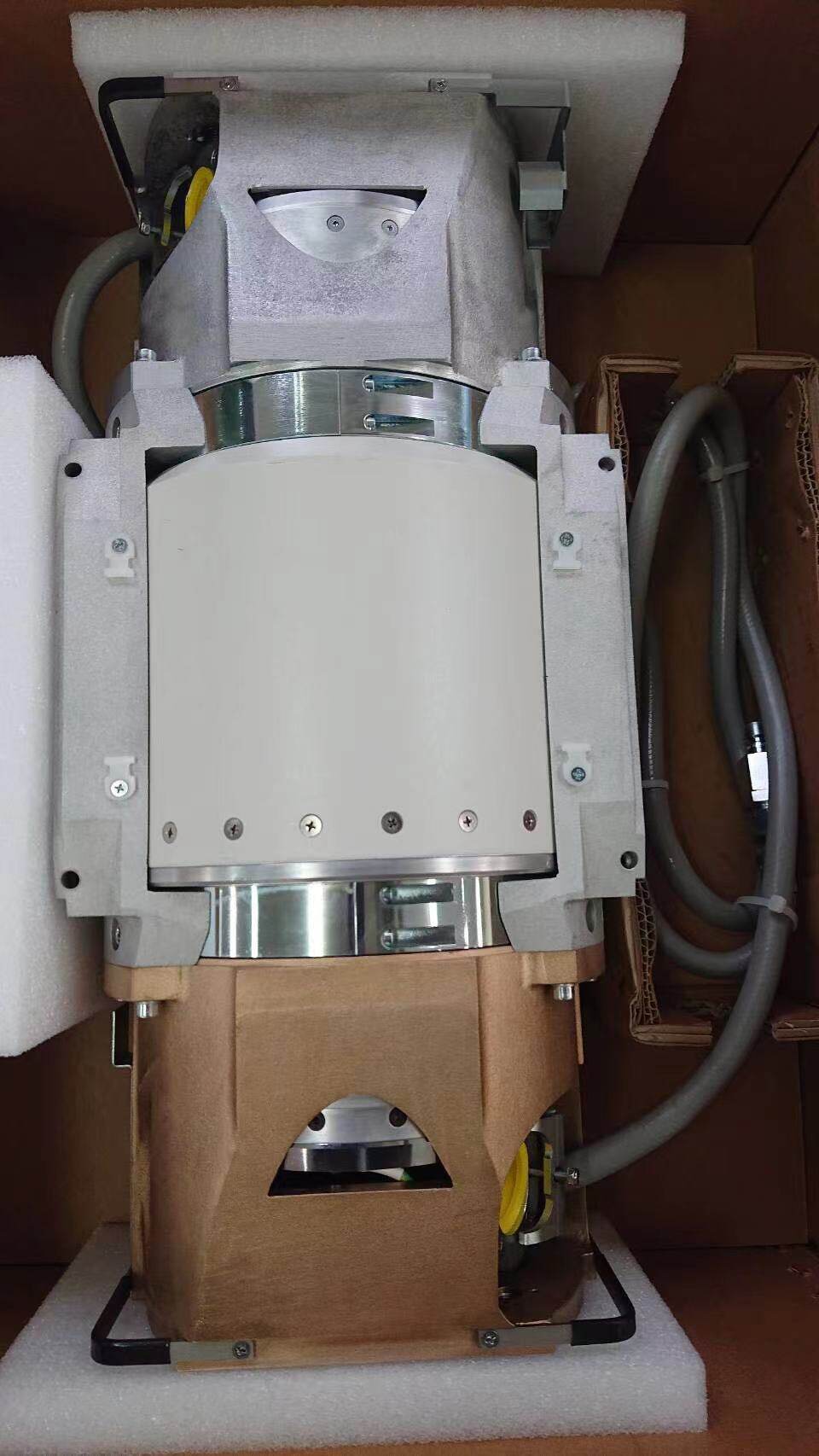
Optimized Oral Health: Dental X-Ray Tubes
Dental X-ray tubes are compact and optimized for oral imaging, emitting low-energy X-rays perfect for capturing the intricacies of teeth and surrounding tissues. These tubes adapt to various dental diagnostic needs with configurations ranging from intraoral to extraoral systems. Intraoral systems are designed for detailed imagery of individual teeth, aiding in accurate diagnoses and treatment plans, whereas extraoral setups offer a more extensive perspective, essential for a full oral assessment.
Enhancing Industrial Integrity with X-Ray Tubes
Industrial X-ray tubes are the cornerstone of non-destructive testing (NDT), designed to generate high-energy X-rays capable of penetrating through heavy materials such as metals and concrete. These tubes are pivotal in industrial applications, where they are employed to detect flaws, assess weld quality, and confirm the structural integrity of critical components. Their role is integral to maintaining quality and safety standards across various industries.
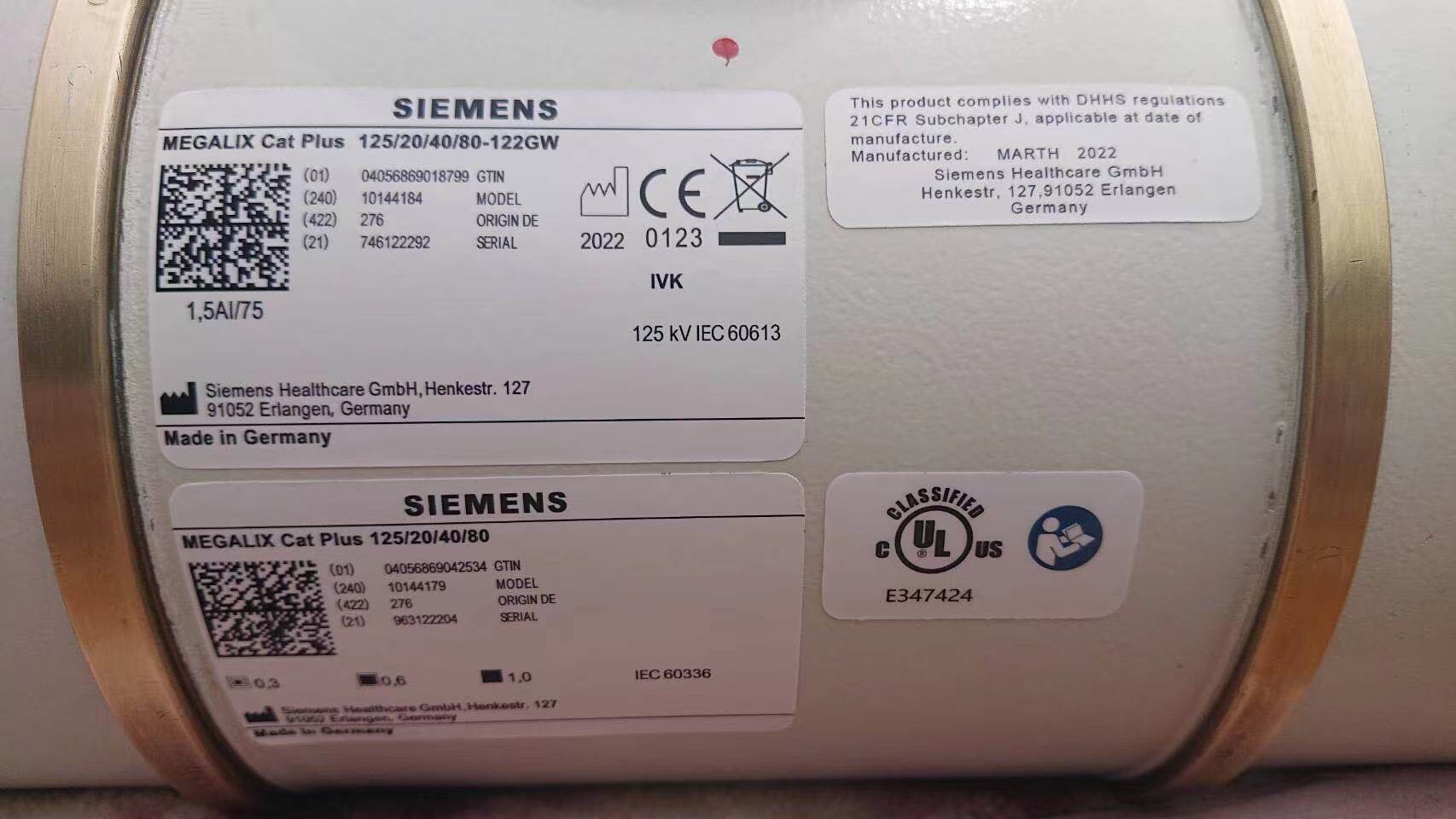
MEGALIX Cat 125/40/80 X-ray Tubes
Portable X-Ray Tubes: Redefining Imaging Flexibility
Portable X-ray tubes offer unparalleled versatility and mobility for imaging needs. Their lightweight, compact design is perfect for mobile applications such as forensic investigations, archaeological excavations, and veterinary diagnostics. They enable high-quality imaging in remote or inaccessible locations, where conventional, stationary X-ray systems cannot be used, ensuring expert imaging capabilities are always available.
Conclusion
The development of X-ray technology has been characterized by relentless innovation, with advancements in X-ray tube design expanding their range of applications. For professionals seeking high-quality X-ray tubes for various purposes, Xity offers a comprehensive selection to fulfill your requirements. Visit our website to explore our wide array of X-ray tubes and find the ideal solution for your imaging needs.
 English
English
 Русский
Русский


